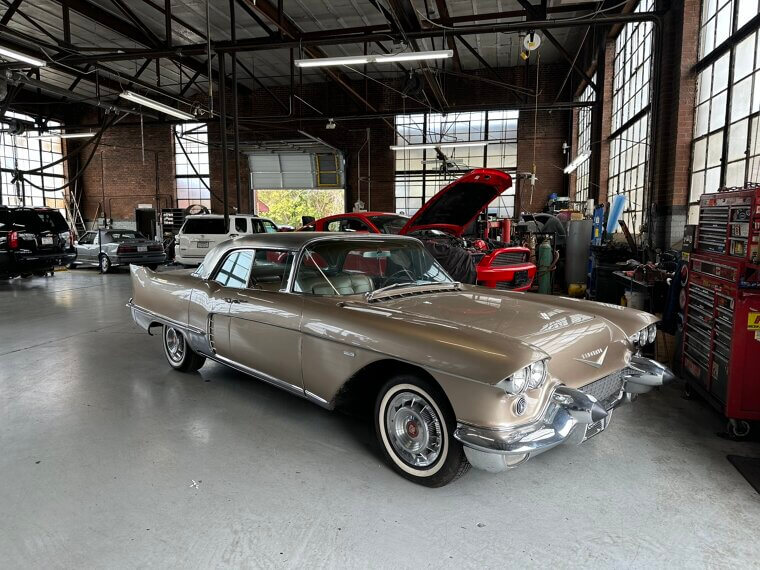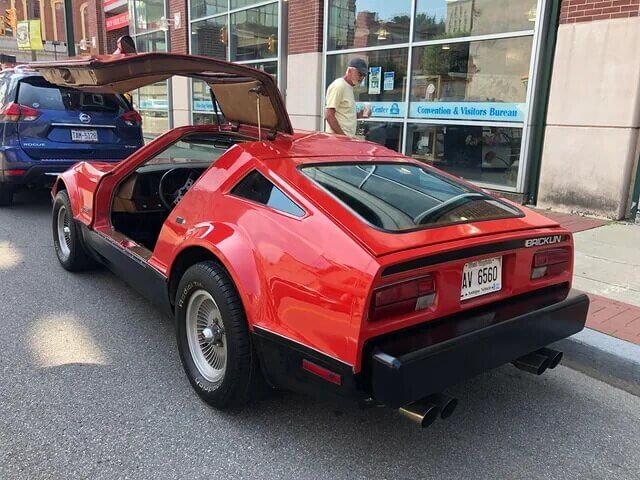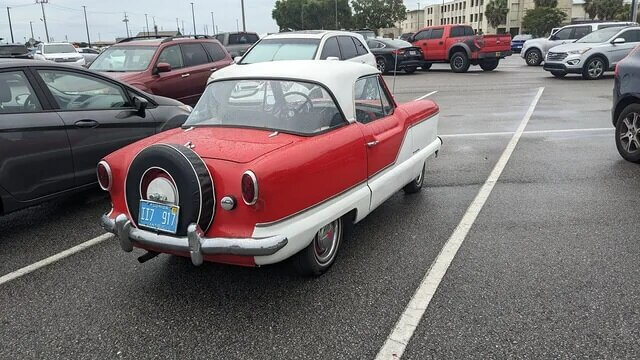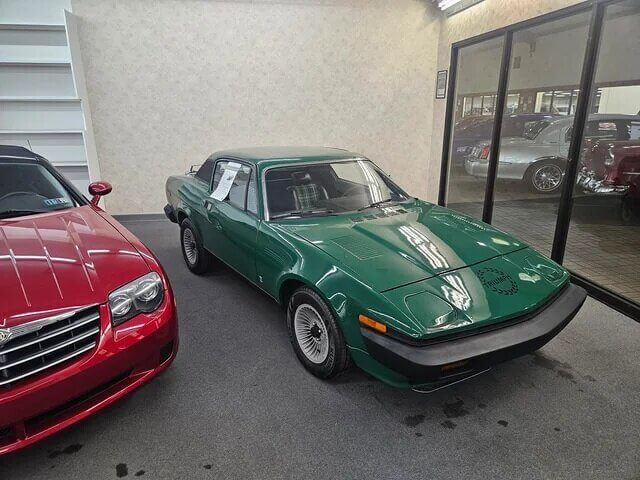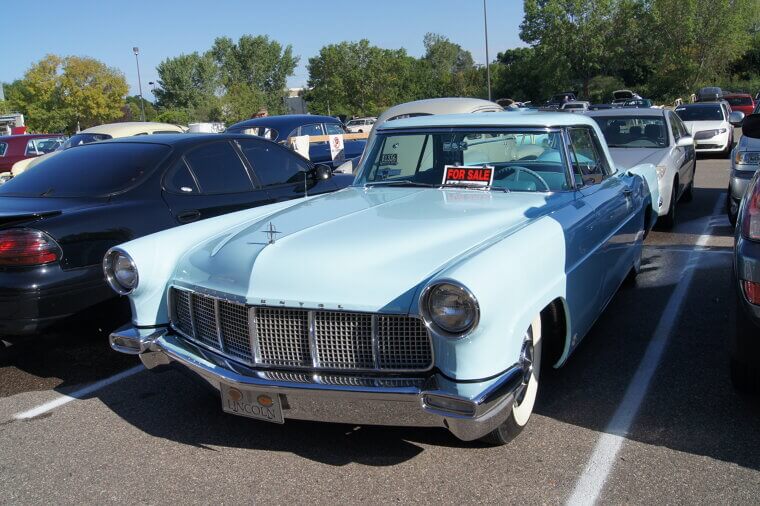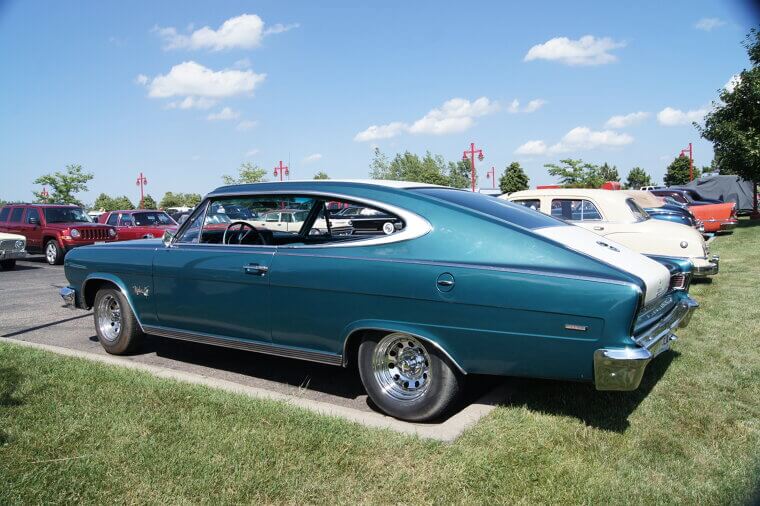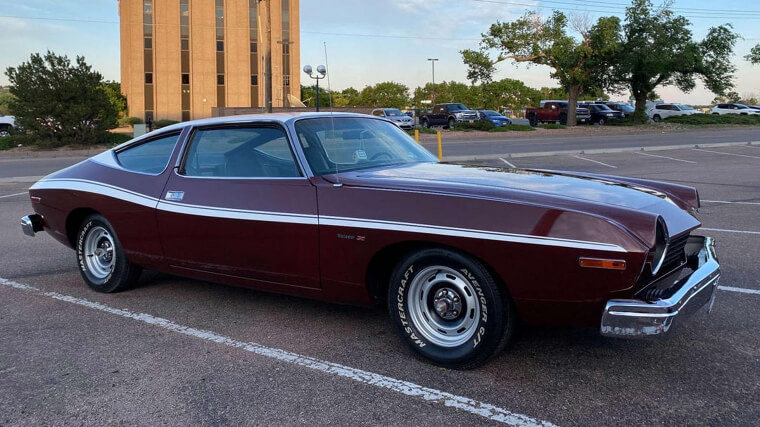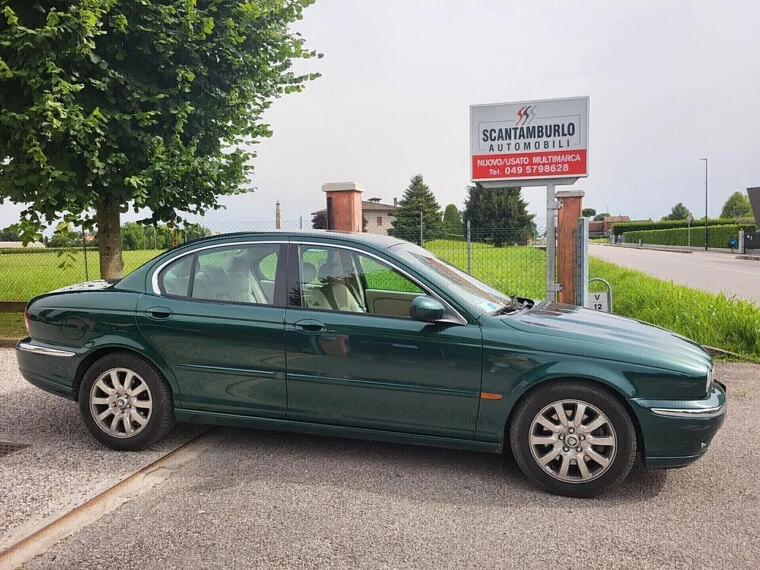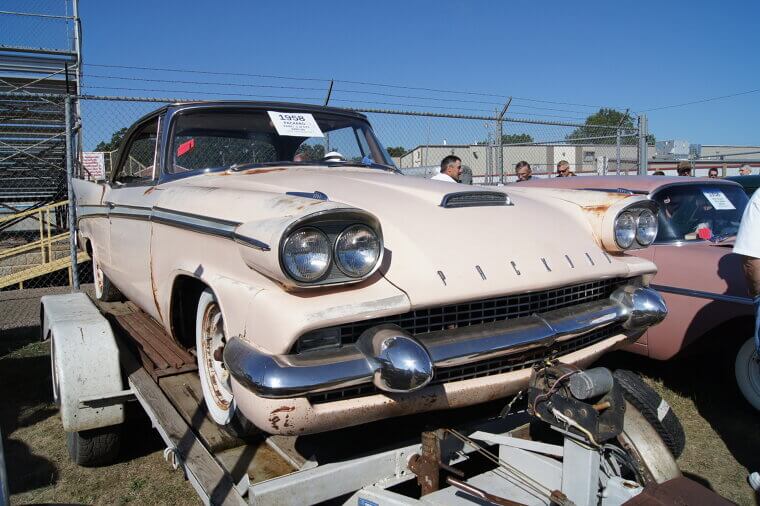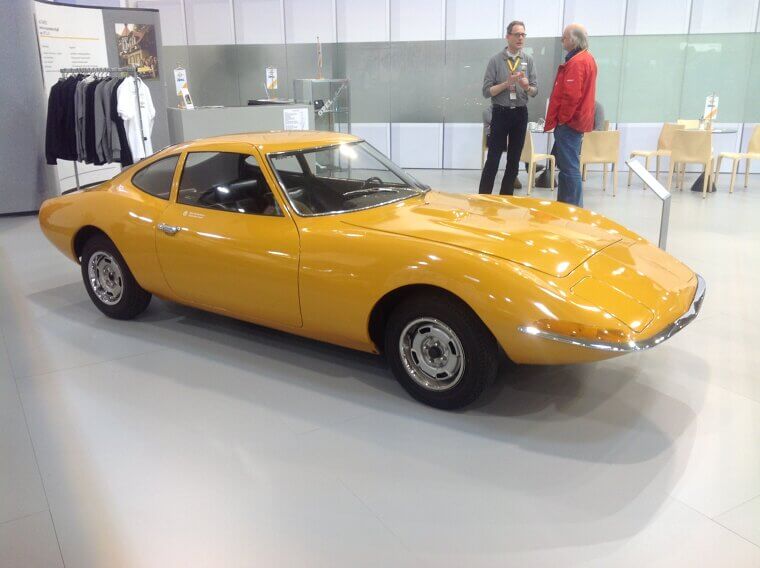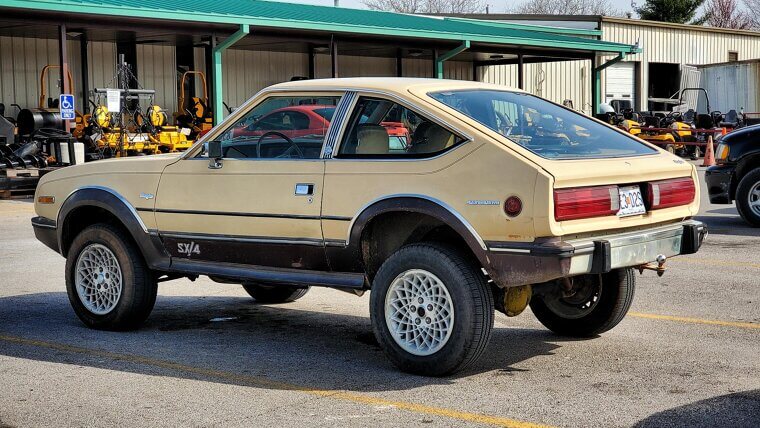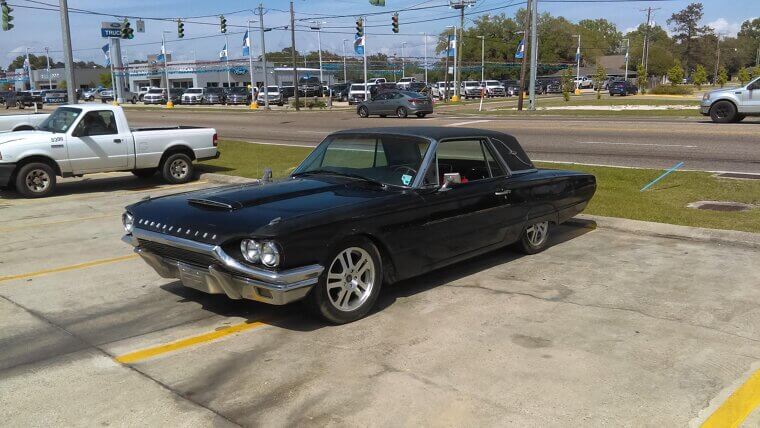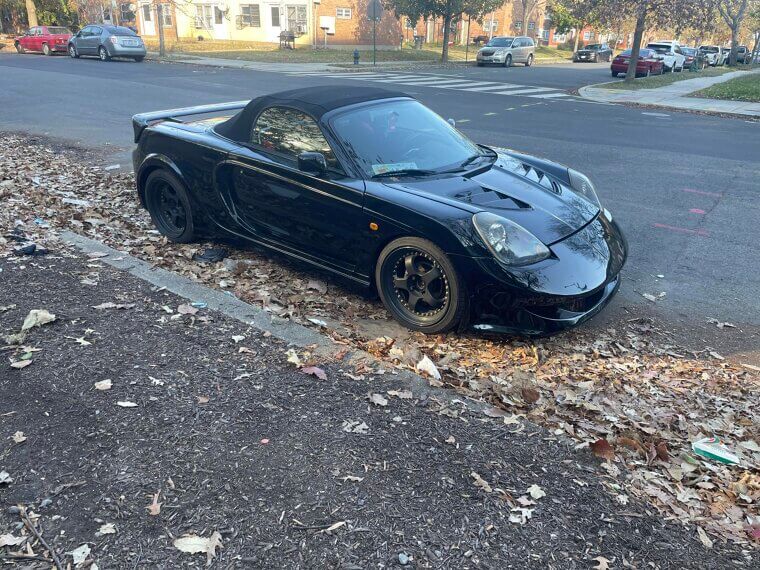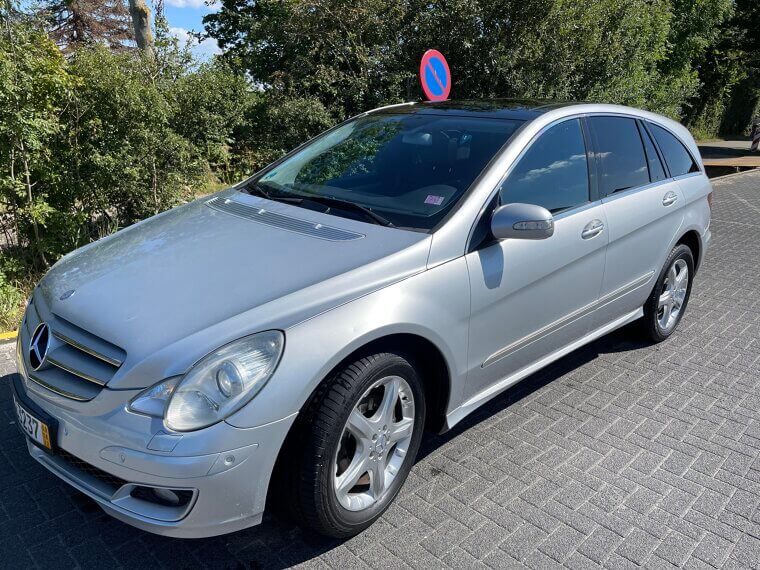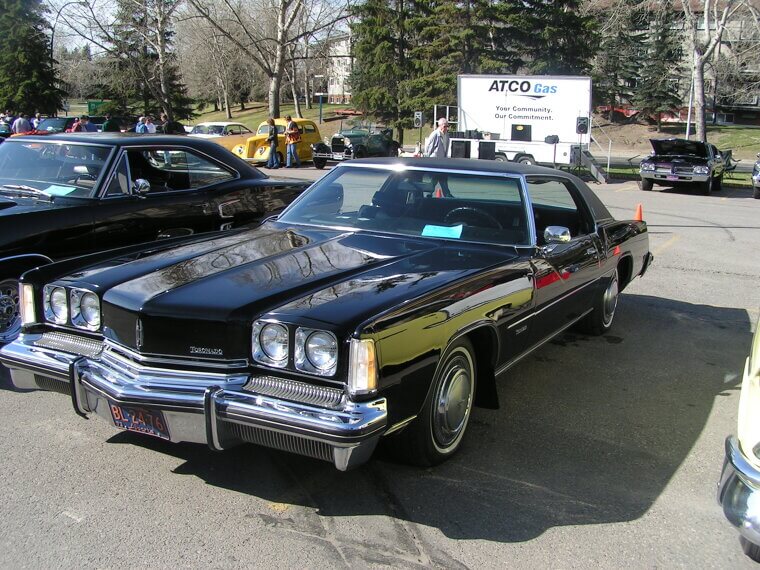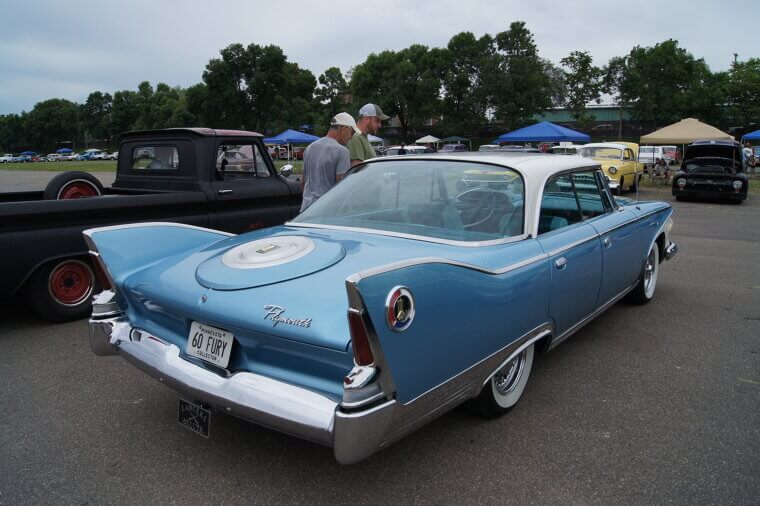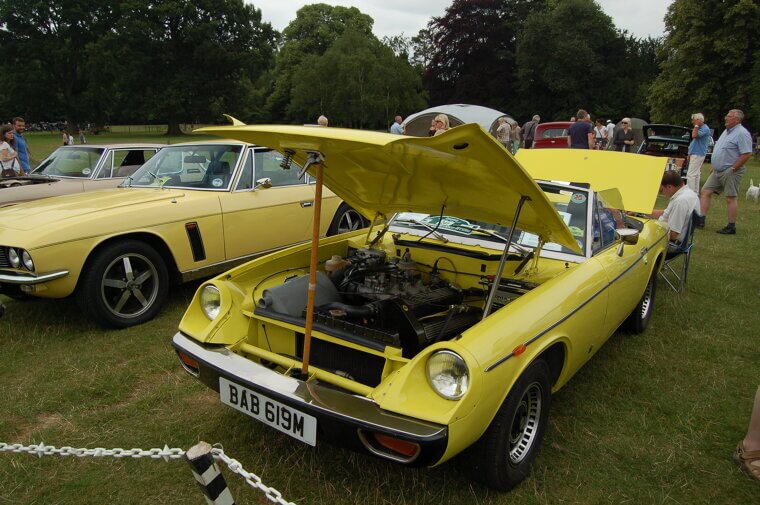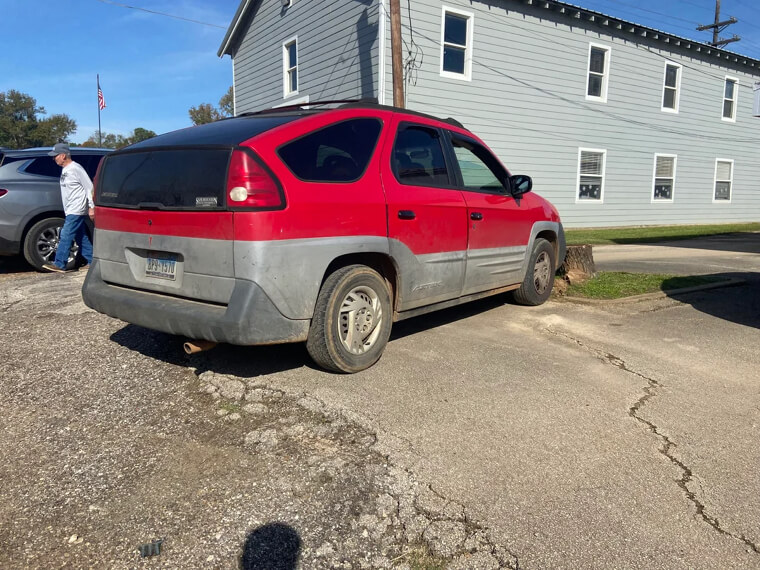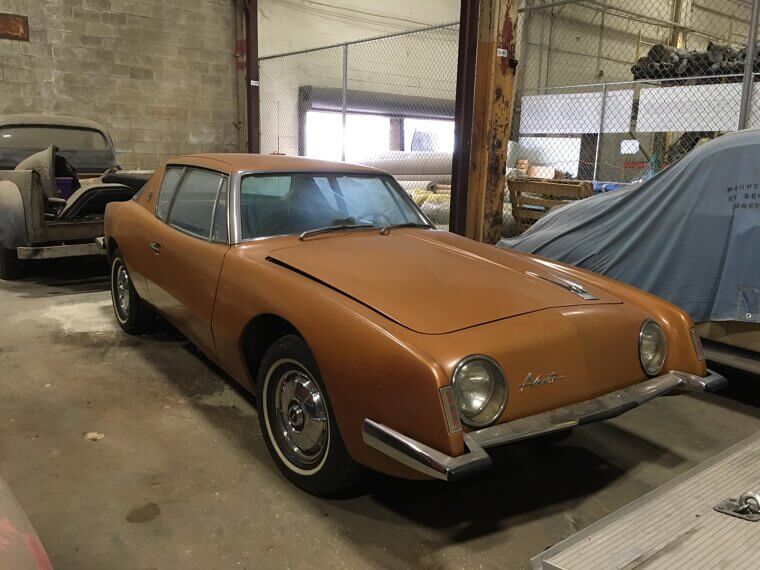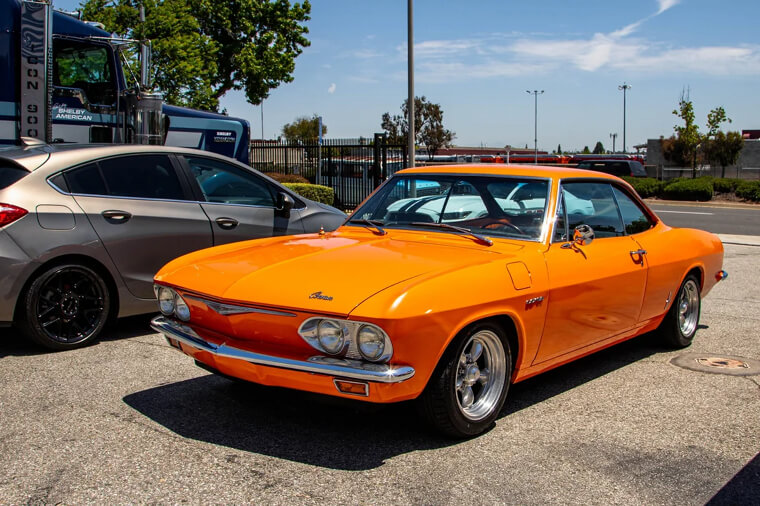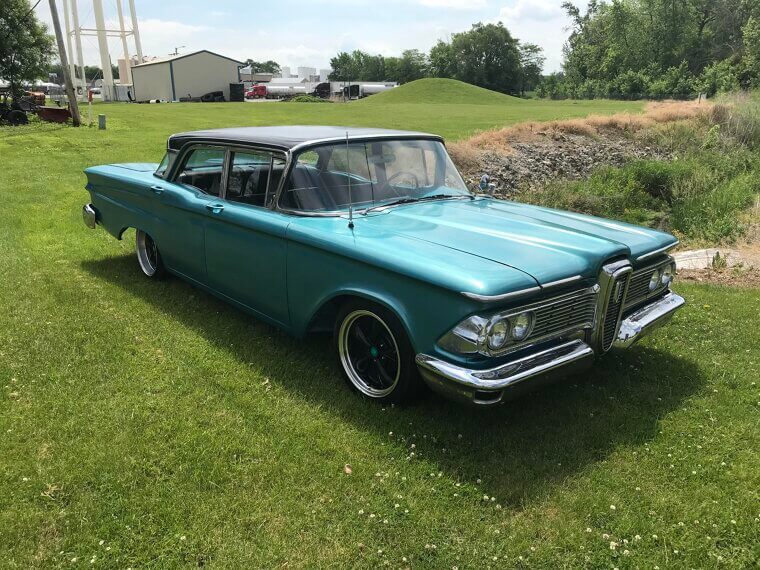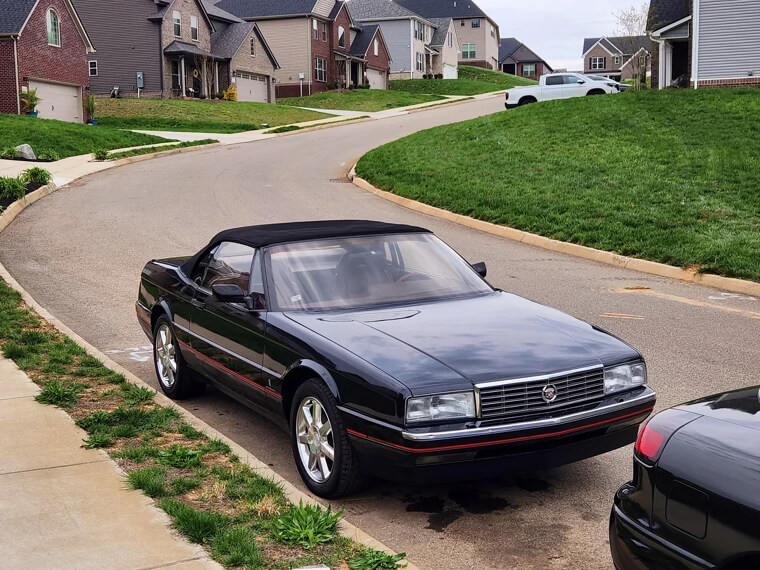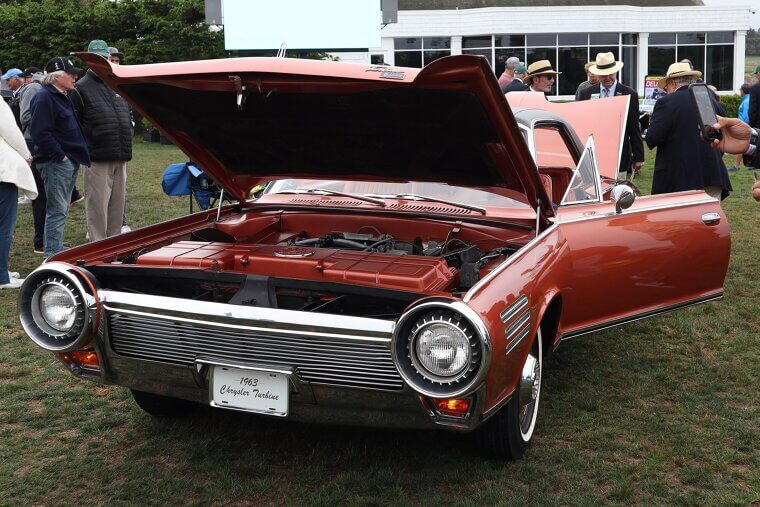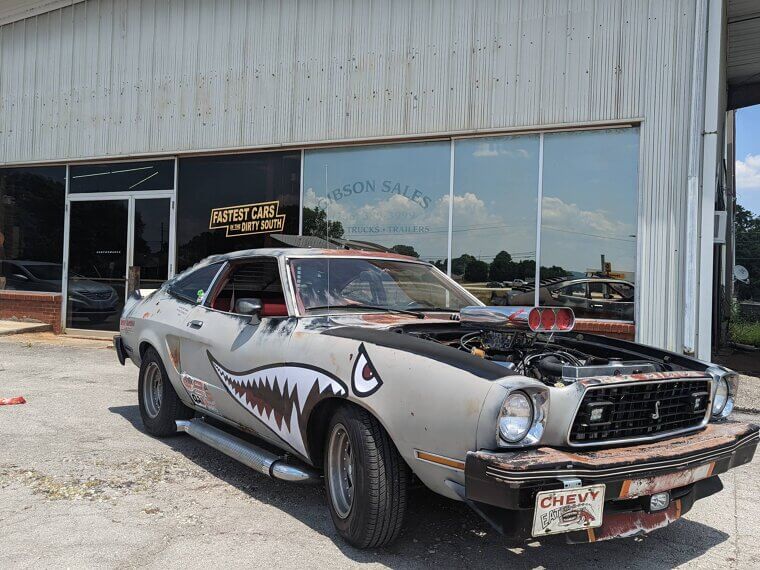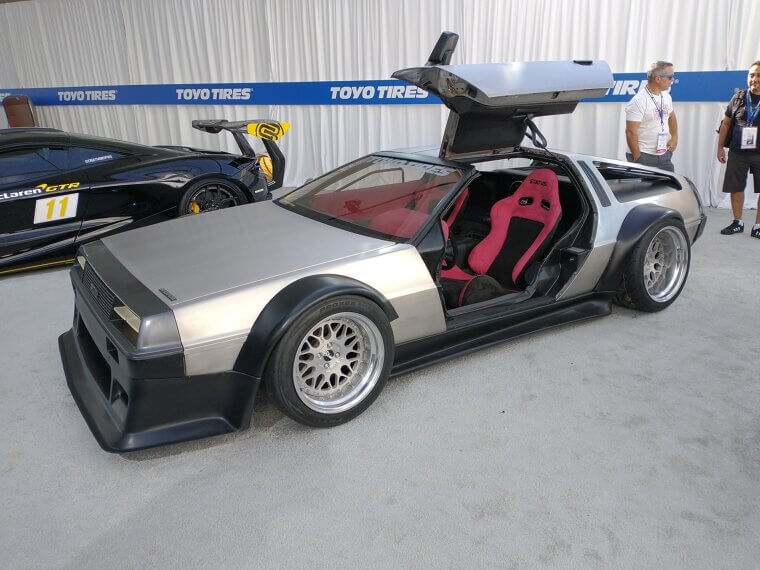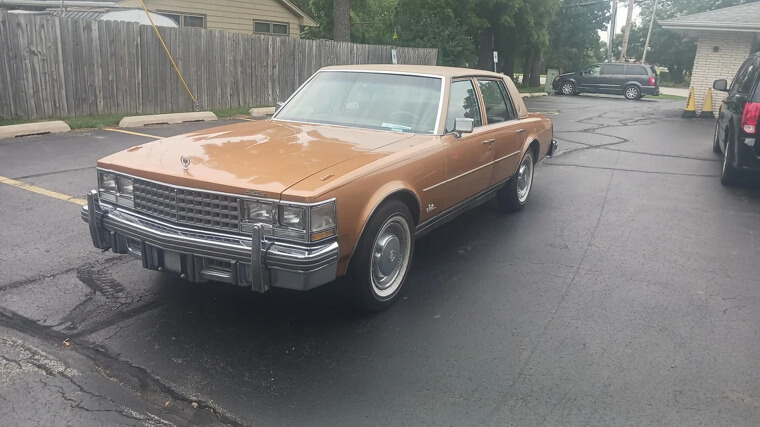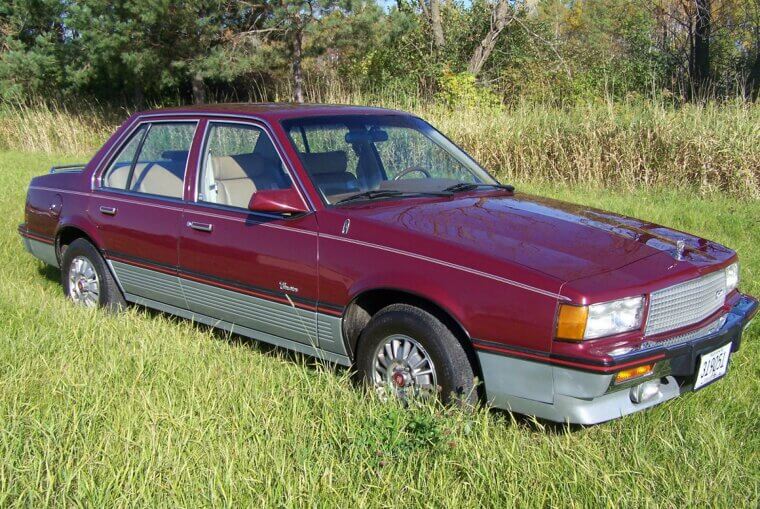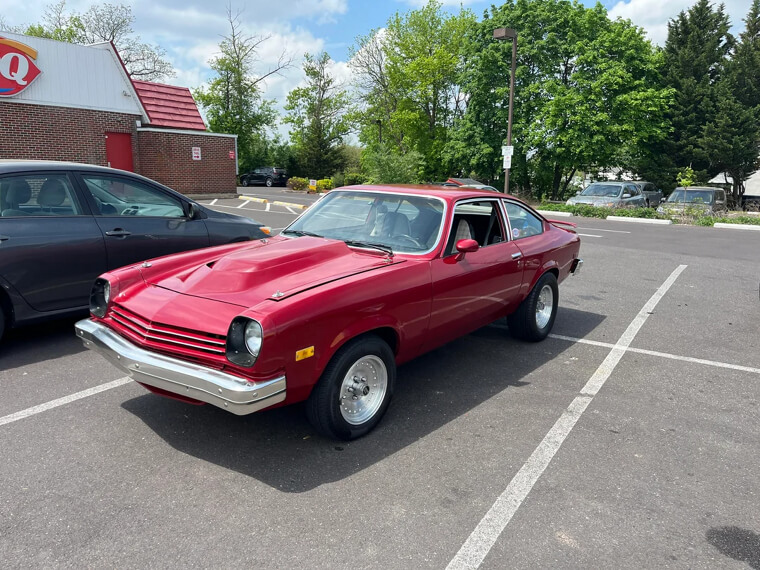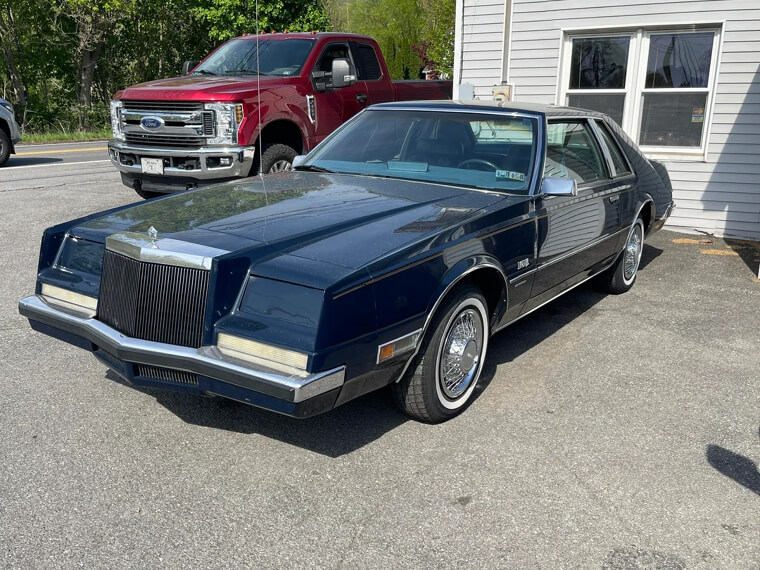These Classic Cars Should Be Kept in the Garage, Not on the Road
If you’re a classic car enthusiast, you probably believe that all classic cars are famous for their performance, but (most of the time) that’s not the case. Continue reading to unearth 35 classic cars that only look good in the garage, yet fail to live up to expectations on the road.
58’ Cadillac Eldorado Brougham
The Eldorado Brougham, a showroom beauty with tailfins that could cut bread, is all chrome and swagger. But driving? It is more of a yacht than a car; while it is magnificent to look at, it is less magnificent to navigate tight spaces.
'74 Bricklin SV-1
The SV-1 appears to be a superhero's weekend vehicle due to its gullwing doors and safety-first mentality. Unfortunately, its portrayal was less Superman and more Clark Kent. Sure, it's not a thrill on the tarmac, but a discussion starter in the garage nonetheless.
'60 Buick Electra 225
Longer than some driveways and heavier than the typical elephant, the Electra 225 is a rolling monument to American extravagance. Standing motionless is magnificent, but traversing the streets is like navigating a baby pool on a cruise ship; as you can imagine, the handling is a nightmare.
'57 Nash Metropolitan
The Metropolitan is adorable and more charming than most contemporary hatchbacks. However, it is more of a driveway darling than a road warrior due to its small power and small interior. With this, its safety isn’t the best - which comes as a result of its small size.
'75 Triumph TR7
Angular and bold, the TR7 was Triumph’s attempt at modern appeal and renovations. Unfortunately, its reliability was more miss than hit. It’s the kind of car that looks fantastic in photos - just don’t ask it to start without drama!
'56 Lincoln Continental Mark II
The Mark II, Lincoln's luxury moonshot, was elegance in steel. It has a majestic presence and subtle curves that make it look lovely in profile. But on the downside, its handling and weight make it more appropriate for showroom lighting and slow rolls than for fast-paced drives.
'65 Rambler Marlin
Aiming for a sporty look, the Marlin's fastback design fell somewhere between oddball and perplexing. Though its driving experience is more relaxed than spirited, it is undoubtedly a visual discussion generator. Most view this car as an iconic vehicle that is more admirable from the exterior than from the inside.
'71 AMC Matador Coupe
The Matador Coupe looks to be ready for competition thanks to its aggressive grille and swoopy lines. Under the hood, however, it is a more relaxed cruiser than a racing star. Even though it doesn't hustle, it's a car that poses nicely in photos at least!
Jaguar X-Type
The 2001 version of the Ford Mondeo was the outcome of Jaguar's attempt to compete with the BMW 3-Series. Traditional Jaguar consumers were let down by the car's Ford components and front-wheel drive system, despite efforts to convey Jaguar's image of elegance.
Rolls-Royce Camargue
When the Camargue was introduced in ‘75, it was the priciest production automobile in the world. Rolls-Royce traditionalists were taken aback by its angular Pininfarina design. However, technical issues and expensive upkeep diminished its appeal.
'58 Packard Hawk
The Packard Hawk's sweeping back fins and dramatic nose make it a sight to behold. However, because of its peculiar dimensions and slow handling, it is more of a curiosity for collectors than a joy to drive. What a bummer!
'69 Opel GT
The Opel GT, sometimes referred to as the "baby Corvette," is a master of the athletic silhouette. But nothing is perfect - it is more of a novelty than an exhilaration due to its little engine and small cabin. This vehicle promises speed, but instead thrives with good looks!
Cadillac XLR
Cadillac tried to create a Mercedes SL rival on the Corvette platform in 2004 with a $100,000 luxury roadster, but despite having a smooth construction and cutting-edge technology, its performance fell short. High maintenance costs and build quality problems turned off buyers.
AMC Eagle
Years before the Subaru Outback, AMC produced an all-wheel-drive wagon with an elevated suspension. Although it was innovative in both engineering and design, it was short-lived because of subpar construction and AMC's financial difficulties.
Buick Reatta
This two-seater car was hand-built and had a modish style and futuristic technology. However, it lacked a clear identity and was neither quick nor inexpensive. It wasn't a luxury cruiser or a real sports car, so it failed to appeal to buyers.
Plymouth Prowler
An insanely stylish factory-built hot rod sounds great, but Plymouth saddled it with a weak V6 and no manual gearbox, making it surprisingly fast but unmanageable. Its modern design does not make up for its poor functionality.
Ford Thunderbird
It looked like a sure thing to revive an American classic in a throwback style. It possessed a V8, a comfortable ride, and a sleek appearance. However, it wasn't sporty enough for prospective owners and was too costly.
Saturn Sky
Strong performance and a sleek appearance characterized this roadster. Although it felt more upscale, it had certain similarities to the Pontiac Solstice. Unfortunately, the Sky and all of its sibling American vehicles perished due to inadequate performance.
Mercedes-Benz R-Class
Mercedes attempted to establish a new luxury car market with this high-end "Grand Sports Tourer." The R-Class confused purchasers with its strange proportions and high price, despite its successful blend of SUV style and minivan functionality.
'74 Oldsmobile Toronado
The Toronado's futuristic design and front-wheel drive gave it a distinct advantage. However, it is more appropriate for leisurely cruises than spirited excursions because of its enormous size and airy ride. To sum up, although it isn't in the fast lane, it is an automobile that certainly attracts attention.
'60 Plymouth Fury
The Fury is a visual spectacle, with a front end that might scare a bulldozer and tailfins that equal those of airplanes. However, operating it is similar to controlling a parade float - the greatest way to appreciate it is from the security of your driveway!
'73 Jensen-Healey
American muscle meets British charm - the brochure claimed. Awkward style and mechanical problems make the Jensen-Healey more of a garage decoration than a weekend joy, despite its athletic appearance and promise of fun. A quintessential example of untapped potential!
Pontiac Aztek
The Pontiac Aztek made its debut as the ideal car for campers due to its functionality-based styling and amenities focused on adventure. Its mobility, built-in tent, and roomy interior were obvious benefits. However, its reliability was constantly called into question.
Studebaker Avanti
This futuristic coupe stood out with its fiberglass exterior and potent supercharged V8 engine. It was built to test the boundaries of speed. However, the brand's success was short-lived due to production problems and financial difficulties. Even with its creative design, it never succeeded in making a name for itself in the market.
Chevrolet Corvair
The Corvair was destined to become a symbol of American ingenuity thanks to its rear engine, distinctive driving dynamics, and unique look. But its poor stability ruined its reputation. Chevrolet fixed the problems, but the public's trust had already been damaged by ongoing complaints.
Ford Edsel
By launching the Edsel with high expectations, Ford took a significant risk. And in just three years, inconsistent mechanics and a perplexing marketing plan condemned it to failure. The Edsel demonstrated that success isn't necessarily assured by a spectacular image.
Cadillac Allante
The Cadillac Allanté looked like a safe bet with its appealing idea that combined American power and Italian design. But its bodies must be transported from Italy to the United States, which delayed deliveries and raised production expenses. Its demise was assured by its exorbitant cost and competition from European rivals.
Chrysler Turbine Car
A turbine-powered car capable of running on nearly any fuel, from diesel to tequila, sounded like an astounding technological advancement. However, its high manufacturing costs, environmental limitations, and lack of practicality led to low sales.
Ford Mustang II
The 1974 Ford Mustang II is unquestionably the worst car the company has ever produced. Despite its amazing appearance, this vehicle's overall power and construction quality were very poor, as seen by how short its life cycle was.
DeLorean DMC-12
The 1981 DeLorean DMC-12 was undoubtedly visually distinctive, which is why it was often seen in popular culture. However, this car had numerous serious issues with its ride, which explains why so many people later came to despise its build.
Cadillac Seville
When the 1986 Cadillac Seville initially hit the primary market, many people were interested in purchasing it due to its very attractive appearance. Even so, this car was well known for having one of the worst engines in the history of the automobile industry, which led to its rapid breakdown.
Cadillac Cimarron
The 1982 Cadillac Cimarron undoubtedly had a really cool appearance. Unfortunately, that would be the only good thing about this car. Without a doubt, this car had the potential to be a highly reliable one, but in the end, it was evident that it lacked any durability.
Chevy Vega
The 1971 Chevy Vega is one of the coolest-looking vehicles of the 1970s. Nevertheless, its history shows that it was notorious for having numerous serious issues that made it a total lemon. This vehicle had one of the worst engines in the history of the automobile world!
Lexus LFA
Even though it was a design and engineering marvel, the LFA cost $375,000 when it was released, making it hard to compete with established supercars. Lexus's complicated purchasing process and lack of exotic car heritage hindered sales.
Chrysler Imperial
The 1993 Chrysler Imperial was anticipated to rank among the top models released that year. Even with its fantastic look, many in the automotive industry quickly learned that this car was prone to ongoing issues with its transmission and powerplant.


